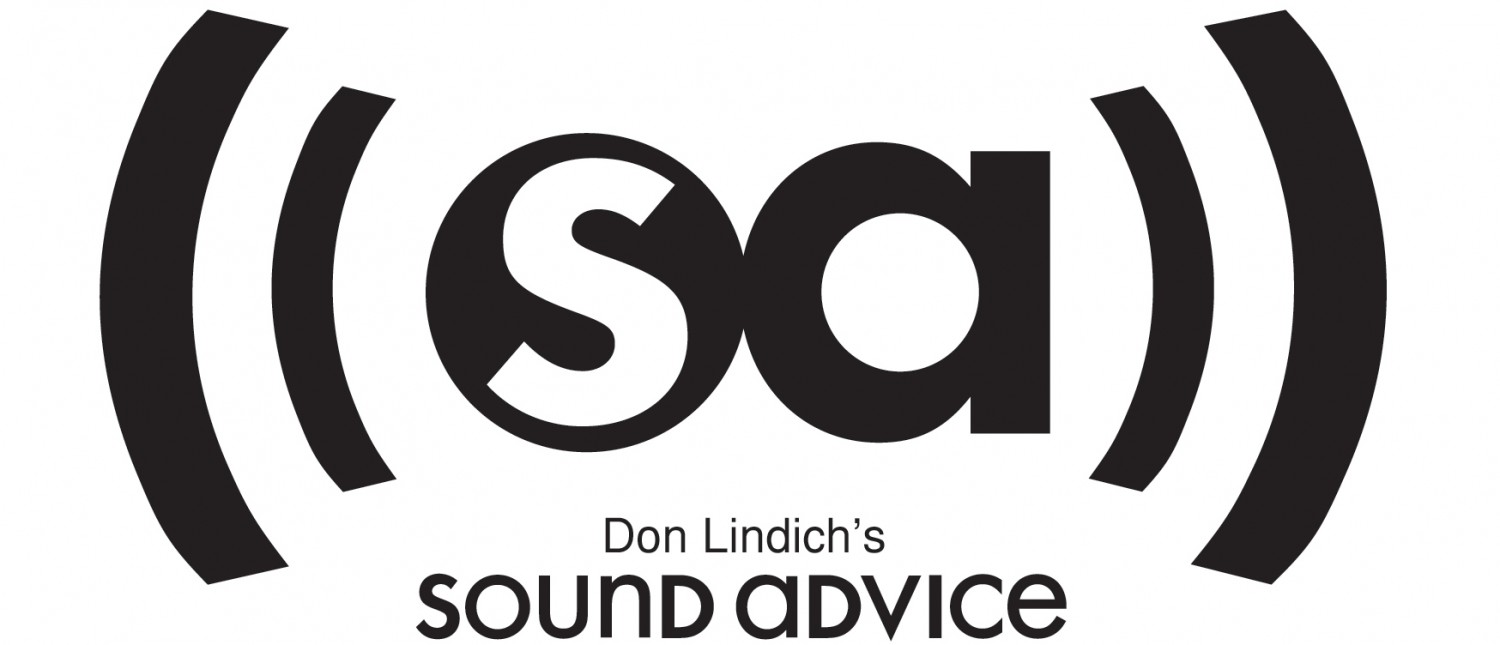Sound Advice
By Don Lindich
Week 12, 2015
Q. I am considering a jHub power bank as an additional charging source for our two cameras when we travel. However, I do not know if it is safe to use it with our equipment.
I bought an extra battery kit for my new Sony RX100 Mark III. It came with a charger and a USB cord, which the instructions show plugged into the camera. I asked at the camera store if my husband’s Casio (which charges similarly via a USB cable) could be plugged in to this charger. He said absolutely not, as each battery has a different voltage and I could blow up the camera.
This leads to my question: If what the sales person said is accurate, what keeps the same thing from happening with a power bank charger?
-Jan Holstein, Los Altos, CA
A. The salesman is wrong. You won’t blow it up either way. USB is a universal charging standard and with few exceptions, if you plug any USB device into any USB port it will charge. The speed may vary, as I will explain below.
With USB charging, the device sets the current draw. If you have a 5-amp charger and your device charges at 1.5 amps, the device will only draw 1.5 amps. You just want to make sure you have enough current, otherwise the device will charge very slowly, or not at all. It’s OK to plug a 1-amp device into a 5-amp capable charger. Where you may have problems is if you try to charge something with less current than it really needs.
For example, let’s say you have an iPhone 4 that included a 1-amp USB charger. You also have an iPad with the included 2.1-amp USB charger. You can use your iPad charger with the iPhone 4, but it won’t charge any faster as the phone only draws 1 amp. This changed with the latest iPhones. Users of the iPhone 6 and iPhone Plus can use the 2.1-amp iPad charger to charge their phones faster than the 1-amp charger included with the phone.
Going in the other direction, let’s say you try to charge your iPad with your iPhone charger. The iPad draws 2.1 amps and the iPhone charger can supply 1 amp. You will probably get a message that says, “Not Charging” or something similar. It may actually be charging, but it will be charging very slowly.
If you want to buy a jHub power bank the model you want is the Elite. It offers 8,000 mAh capacity for under $25 and has two charging ports, including a 2.1-amp port that will work well with your Sony, which draws 1.5 amps. If you go in this direction I’d get two, one for each camera.
I also recommend you check out the Limefuel L150XR rugged power bank as it will fulfill your needs with just one device. I just finished testing the L150XR and was very impressed. It is dustproof, crush-proof, waterproof, vibration-proof and shockproof. It is heavy-duty and you can feel the sturdiness in your hand. There are videos online of people driving their cars over it, without damage! The L150XR has a capacity of 15,000 mAh and two 2.4-amp charging ports to charge both your cameras simultaneously at top speed. It also has auto on-off to help conserve battery power.
The Limefuel L150XR sells for $84.95 and includes an ingenious dual MicroUSB/Lighting cable that normally sells for $9.99 on its own. I can personally attest to this power bank’s performance and quality. It’s an especially good choice if you do outdoor sports or anything involving dirt or water. See it at http://tinyurl.com/ruggedlimefuel
